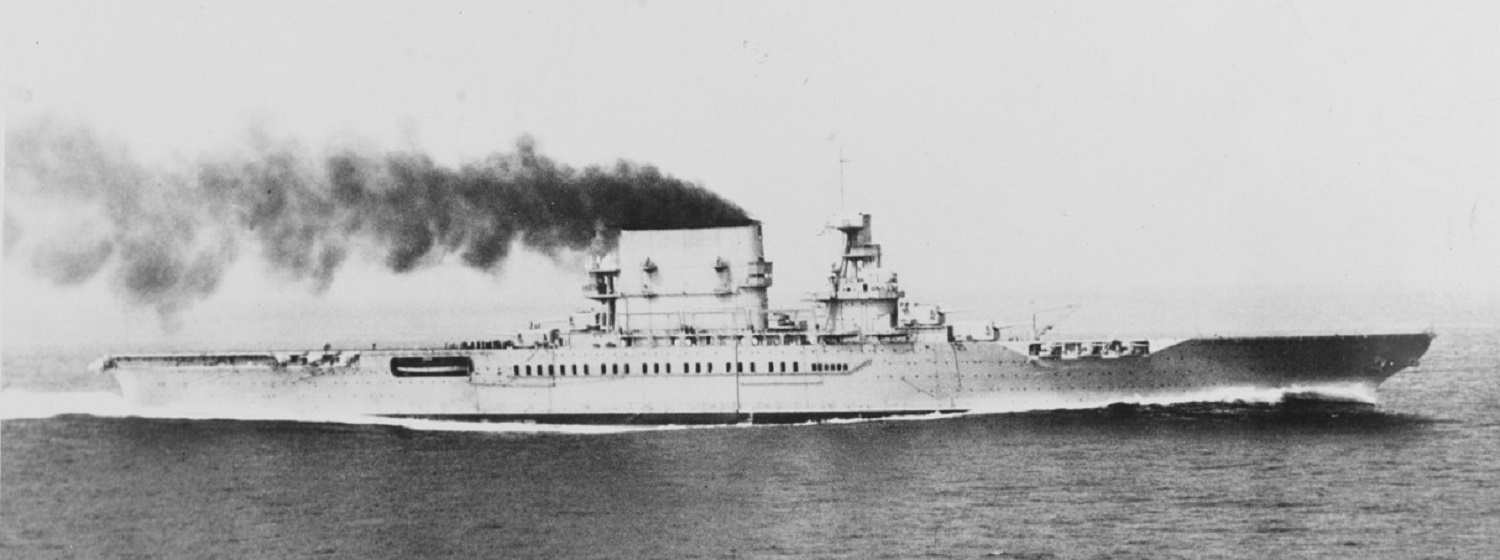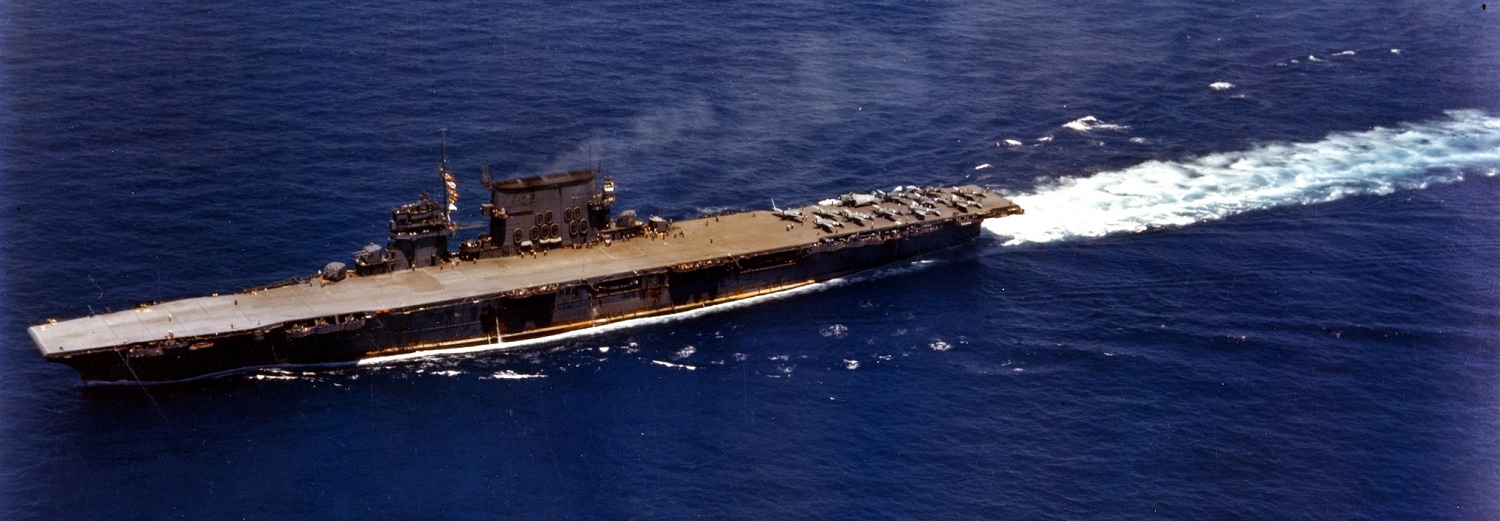The basic beginnings were a large 16" armed battlecruiser. This four ship class was cancelled by the Washington Treaty. Two of the ships, however, could be retained and converted to aircraft carriers. The US Navy had had some experience with the conversion of the two Langley class ships, but a lot of information was able to be accessed on the conversion work undertaken by the Royal Navy. With all the information to hand, what was introduced to the ships and what was not shaped the pair into the best of the converted vessels.

So what made the US duo so good compared to the other conversions of the time? The first obvious feature was the use of the enclosed bow. A feature that was not to return to US aircraft carriers for another thirty years. I have often pondered why that was. 'My' answer (and I am happy to stand corrected) is that all the future classes were built under tonnage restrictions, and that an open bow weighed less allowing that tonnage to be used elsewhere in the designs. Other features, including, a full bridge superstructure for command and control functions was fitted. The 8" guns were fitted in twin turrets compared to the single mountings on the Japanese giants. This allowed, that if these guns proved unsuccessful on an aircraft carrier, that they could be more easily removed and replaced with more large AA weapons (as happened in real life).


As completed:


%2520Lexington%25201944%2520(New)1.png)